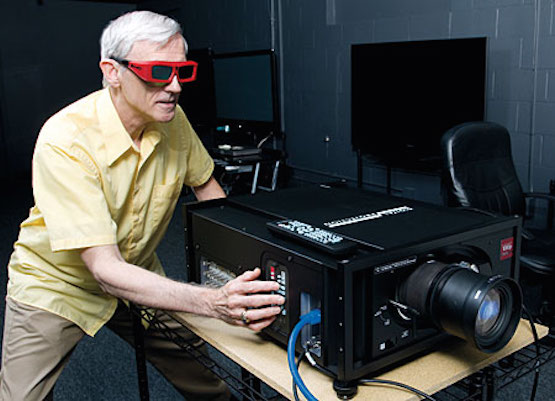 Someone asked me recently how the theater conversion process from film to digital was coming along…
Someone asked me recently how the theater conversion process from film to digital was coming along…
Well, I’m happy to report that the transition in Kansas City is now complete.
That’s not to say that a few local theaters haven’t kept at least one 35mm projector in the projection booth for special event showings.
Frankly, I never thought I would see the day where the showing of a movie in 35 mm would be a sales tool. But it happens!
How do moviegoers benefit from digital projection?
Probably the biggest plus-factor for digital projection is in the quality of the projected image.
The movies look just as clean—no scratches or dirt—weeks after they open as they did on the first day of the engagement.
Purists will continue to point to a softer film look. Kinda like what some audiophiles claim about vinyl records. But I believe that the industry has tweaked digital projection enough to no longer make that a factor.
Has Hollywood stopped striking 35mm film prints altogether?
That’s a tough question to answer. Most insiders believe that the major studios still have a small number of film prints available on wide releases. But getting straight answers along those lines is like pulling teeth.
There are of course still a handful of filmmakers who prefer to practice their craft using celluloid. Power players like Christopher Nolan, Martin Scorsese, Judd Apatow, J.J. Abrams and Quentin Tarantio to name a few.
To that end—and to preserve motion picture film—some of the major studios have committed to buy a set amount of film stock for several more years from Kodak.
It’s been over a decade since the first major movie was shot entirely on digital video.
 The year was 2002 when the George Lucas directed STAR WARS: EPISODE II —ATTACK OF THE CLONES — became that breakthrough film.
The year was 2002 when the George Lucas directed STAR WARS: EPISODE II —ATTACK OF THE CLONES — became that breakthrough film.
Of course most theaters actually showed it on film. In other words high definition digital video was transferred and reduced to less defined analog projection.
Thankfully, that problem no longer exists.
Looking back though it boggles the mind just how long it took for the movie industry to convert.
Music, television and radio all came out of those dark analog ages long ago.
Matter of fact I defy anyone to find an operating tape recorder or cart machine still in use at the eight radio station Entercom Kansas City complex.
Yet up until only recently theater staffers were still schlepping those large film cans to the projection booth at a theater near you.
It boggles the analog mind…..


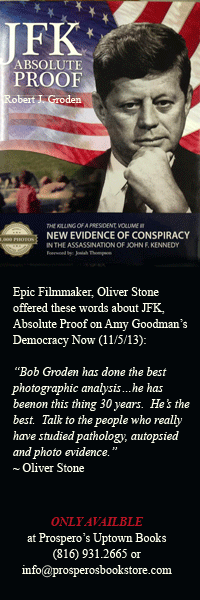

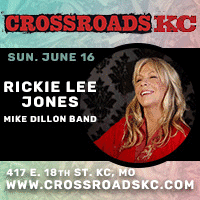


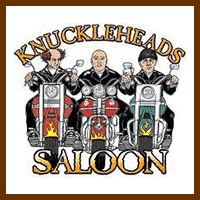
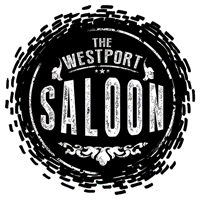

i guess it’s the content that is most important. but the analogy to vinyl LPs and celluloid is a good one and I can relate to it.
I recently rediscovered vinyl. wife got me a “record player” for Christmas (hey, no high-end turntable-amp-speaker stuff for me!). I happened to have a 50th Anniversary release of “Kind of Blue” that had never been opened and so I christened this little thing with virgin, translucent blue vinyl, running the audio out through a Bose Wave radio (it helped).
forgetting for the moment the groundbreaking influence of that LP, the sound was startling. first time I had listened to analog in probably 20+ years and the difference between that and the compressed digital I’d become accustomed to was apparent even to my ears!
I can imagine film buffs would see the same difference, but not so much me. (colorized films tho’ is a different story
Hey Mike,
Interesting comment. May that player’s stylus keep from ever scratching your ‘Kind Of Blue.’
Sorry Jackie, the LP comparison to digital projection does not hold water. Considering most people played and still play LPs through junk players with worn out or broken styli does not compare to projection where there were minimum standards for professional equipment. Anyone that has listened to a decently mastered and pressed LP on a good or better record player can attest to why people still play vinyl.